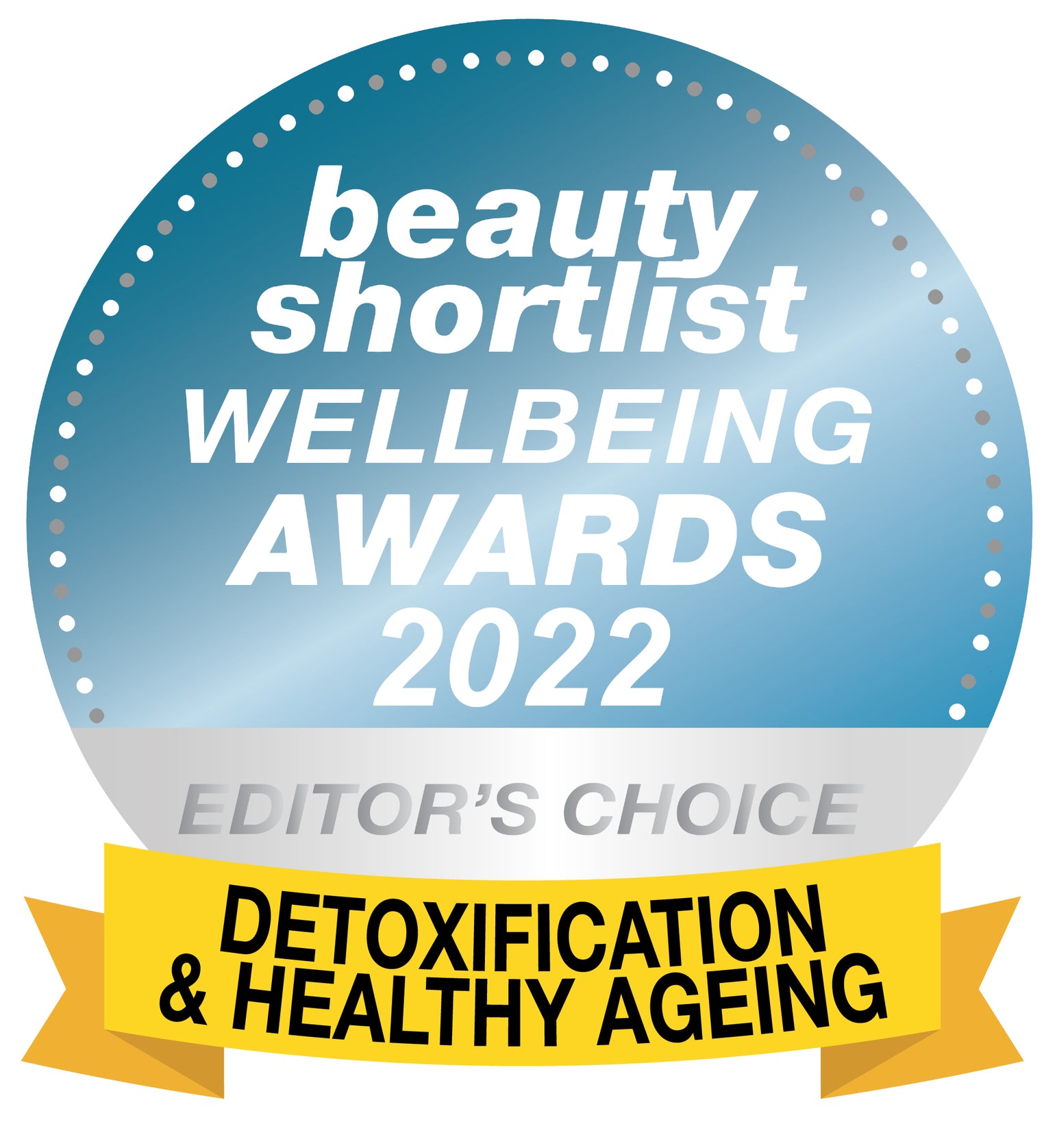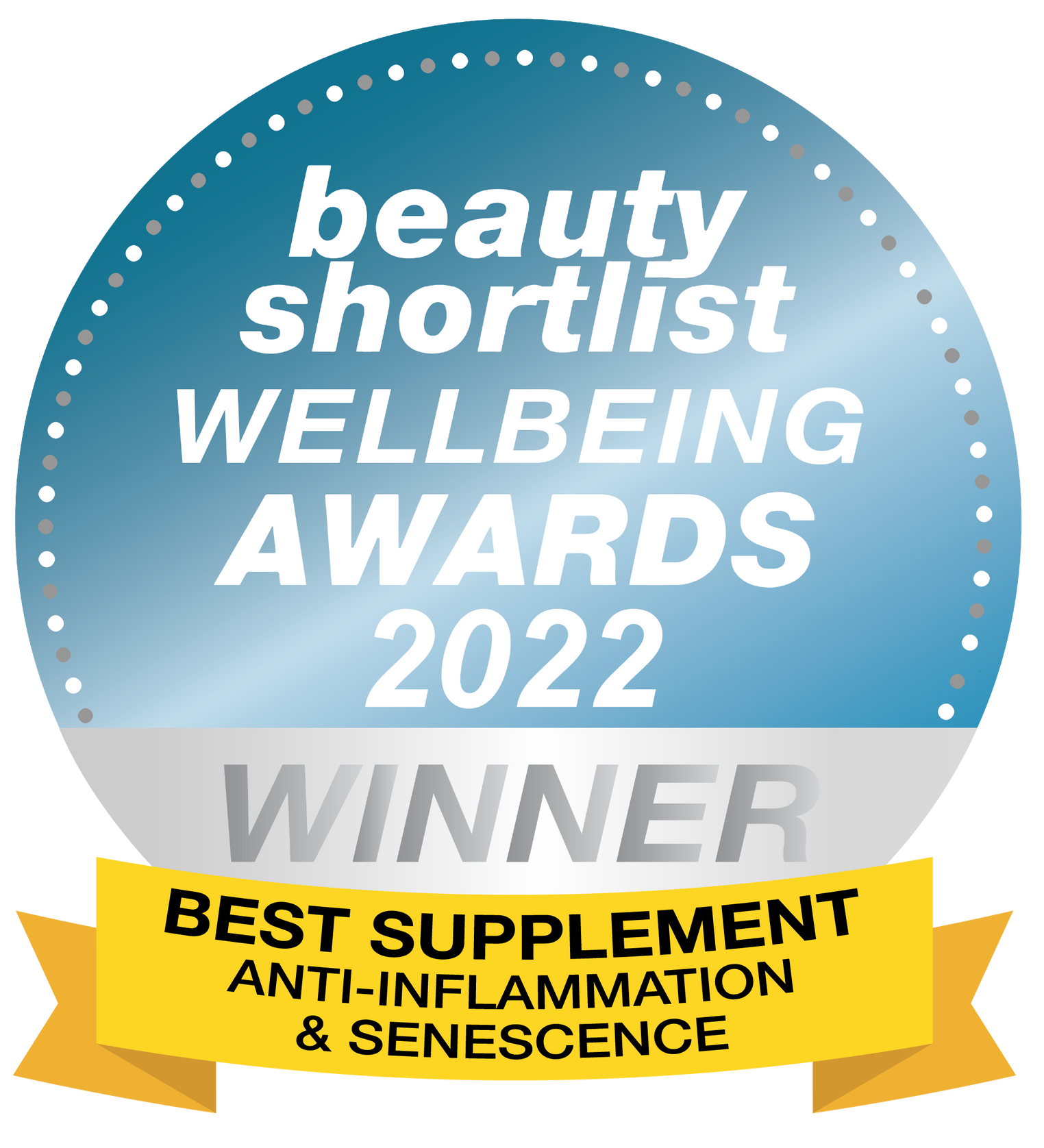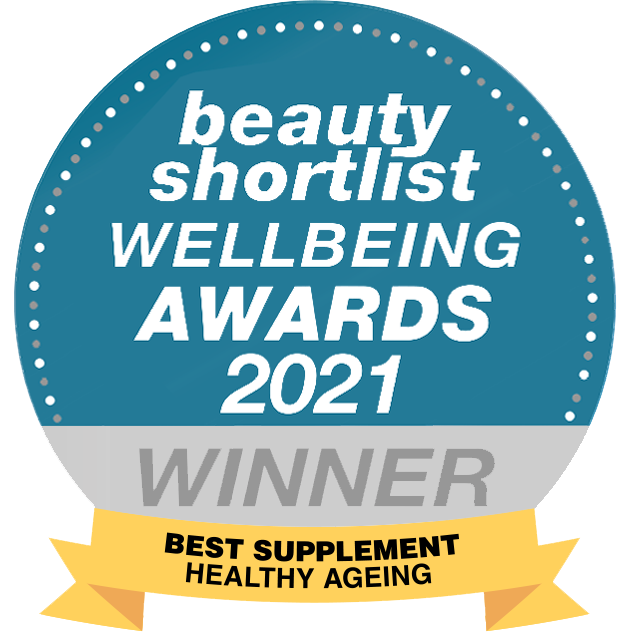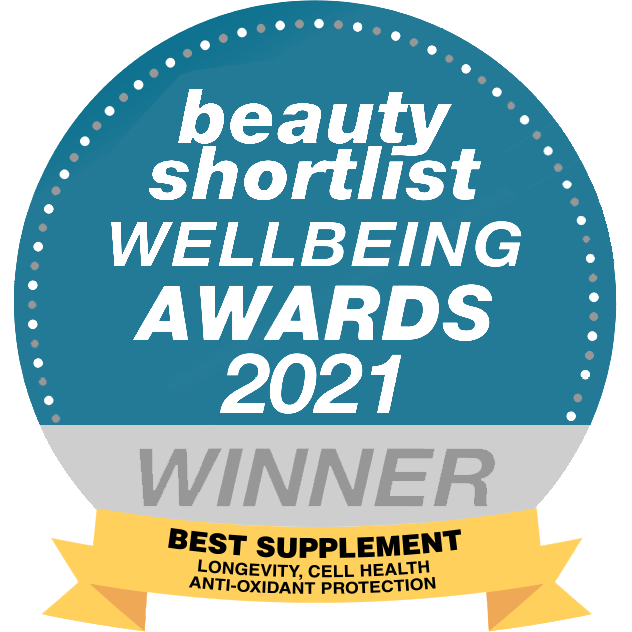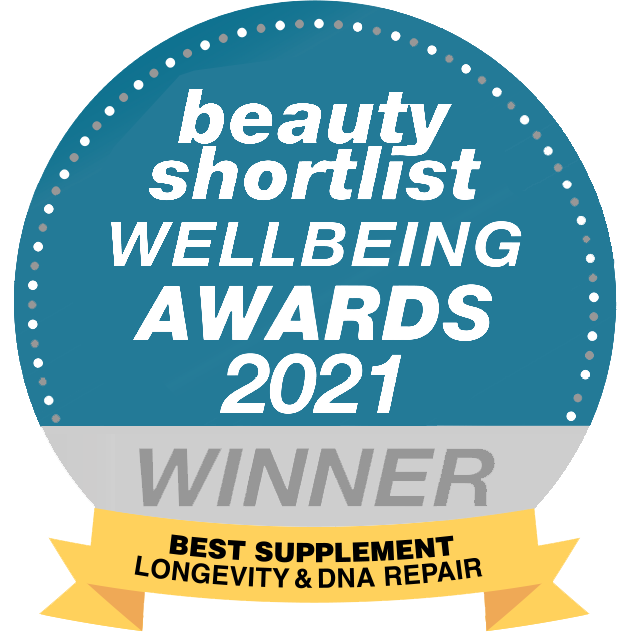How Can Spermidine Enhance Anti-Aging Processes?
In the realm of biohacking, where individuals optimize their biology for peak performance, spermidine stands out as a remarkable compound. Present in both human cells and plants, it drives autophagy, the body’s cellular recycling system, to combat aging. This article explores the science of spermidine, detailing its role in promoting vitality, from cognitive clarity to cardiovascular strength, and its potential as a longevity-enhancing tool.
TL;DR
Spermidine, a naturally occurring polyamine, is a biohacking powerhouse that triggers autophagy, a cellular recycling process critical for anti-aging. It supports brain function, heart health, cancer prevention, and hair vitality, contributing to longevity. By enhancing mitochondrial repair and reducing inflammation, spermidine supplements for longevity offer a practical alternative to fasting, delivering cellular rejuvenation for sustained health and vitality.
Table of Contents
- What Are Polyamines?
- The Origins of Spermidine: A Discovery in Semen
- When and Why Spermidine Levels Decline
- How Does Spermidine Boost Anti-Aging Through Biohacking?
- Spermidine and Brain Health & Neurodegeneration
- Spermidine for Cancer Prevention
- Spermidine for Cardiovascular Support
- Can Spermidine Help with Hair Loss? Spermidine Benefits for Hair Growth
- What is Autophagy and Why Does It Matter for Longevity?
- How to Trigger Autophagy with Biohacking
- Autophagy Without Fasting: The Role of Spermidine as an Autophagy Inducer
- Top Food Sources of Spermidine
- Why Choose Spermidine Supplements for Longevity?
- Is Spermidine Safe?

Science Snapshot
Spermidine, a key polyamine, powers anti-aging mechanisms by inducing autophagy, the process that recycles damaged cellular components for renewal. Research underscores its role in biohacking longevity: it enhances mitochondrial function, reduces inflammation, and supports DNA repair. In animal studies, spermidine extends lifespan by mimicking caloric restriction. Key findings include:
- Autophagy clears protein aggregates linked to neurodegenerative diseases.
- Cardiovascular benefits arise from improved arterial flexibility and heart cell regeneration.
- Cancer prevention is supported by eliminating precancerous cells through cellular clean-up. Biohacking strategies, such as spermidine supplements for longevity or intermittent fasting, amplify these effects, targeting healthy aging pathways for sustained vitality.
What Are Polyamines?
Polyamines are organic compounds found in every living cell, characterized by multiple amino groups. They are vital for cell growth, division, DNA and protein synthesis, gene regulation, and cellular homeostasis. The three main polyamines—putrescine, spermine, and spermidine—support critical functions like brain health and immune response. As we age, spermidine levels decline, impairing the body’s ability to repair and regenerate, making polyamines a key focus for biohacking anti-aging.
The Origins of Spermidine: A Discovery in Semen
Spermidine gets its name from its initial discovery in semen by Antonie van Leeuwenhoek in the 1600s. He observed crystallized particles in dried semen, later identified as spermine and spermidine.
These compounds protect DNA. Later research revealed their structure and broader roles in physiology.
When and Why Spermidine Levels Decline
Spermidine levels rise during growth phases like childhood, pregnancy, or post-exercise, and in those with faster metabolisms.
From around age 60, production decreases, leading to muscle loss, wrinkles, hair thinning, and slower regeneration. The body gets two-thirds from diet and one-third from gut microbiota.
How Does Spermidine Boost Anti-Aging Through Biohacking?
Spermidine functions as a longevity compound by inducing autophagy. This biohacking approach may delay aging and protect against cognitive decline, cardiovascular diseases, certain cancers, and mitochondrial dysfunction.
What it is: A polyamine involved in cellular processes.
Why it matters: It promotes cellular repair, a core anti-aging goal in biohacking.
How it works: Spermidine inhibits acetyltransferases, enhancing autophagy and clearing debris.
Alternatives: Other biohacking methods like rapamycin or berberine, which also activate similar pathways.
Spermidine and Brain Health & Neurodegeneration
Aging brains experience slowdowns in memory and multitasking. Spermidine supports mitophagy (removal of damaged mitochondria), cellular repair, and synaptic health.
For even the healthy elderly, the brain also undergoes changes. For example, we might forget familiar names or words and multitasking may become a little more difficult. Our memory or thinking skills are slightly affected. Studies involving spermidine in the treatment of neurodegenerative diseases like Alzheimer's disease (AD) and Parkinson's disease (PD) are still ongoing. Currently, there is no cure for both these heartbreaking diseases and perhaps with further research in the role spermidine plays in mitophagy and the removal of damaged mitochondria and cellular homeostasis, a new treatment option could be offered to those inflicted.
Spermidine for Cancer Prevention
Cancer risk increases with age. Spermidine activates autophagy to clear defective cells, aiding chemoprevention.
Ongoing studies reveal that spermidine may play a role in chemoprevention and clinical therapeutics of cancers. Why? Because spermidine activates autophagy, a process that removes defective cells in our bodies. This could really amount to life-changing alternatives for cancer sufferers.
Spermidine for Cardiovascular Support
Aging stiffens arteries, straining the heart. Spermidine improves flexibility, regenerates heart cells, and reduces risk by up to 10%.
As we age the most common heart problems are the changes to our arteries and blood vessels. Often these stiffen and force the heart muscles to work harder in order to pump blood to the rest of the body. Research on increasing spermidine to suppress age-related cardiovascular issues so that we can increase our longevity has been said to help by about 10%.
Can Spermidine Help with Hair Loss?
Hair cycles through growth (anagen), transition (catagen), and rest (telogen). Aging shortens anagen, causing finer strands and shedding.
Studies have shown that polyamine spermidine can prolong your anagen phase, which means that the longer you can keep a hair in it’s growing phase, the longer the hair grows. So instead of shedding the average 80 to 100 hairs, you could be holding on to around 20 of those hairs a day!
Spermidine has also been shown to play a role in the production of melanocytes which is involved in the hair pigmentation process. Could spermidine be a contender for grey hair reversal? If all else it sounds like spermidine could help you have a thicker, healthier head of hair.
What is Autophagy and Why Does It Matter for Longevity?
Autophagy, from Greek for "self-eating," recycles cellular waste, making room for healthy structures. Aging slows it, leading to inflammation and disease.
Benefits include preventing neurodegeneration, promoting renewal, reducing inflammation, improving metabolism, and repairing heart and nerve cells.
How to Trigger Autophagy with Biohacking
Stimulate autophagy through biohacking habits:
|
Method |
How It Works |
|
Fasting |
Reduces insulin, signaling repair via time-restricted or alternate-day eating. |
|
Ketogenic diet |
Switches fuel sources, mimicking fasting. |
|
Exercise |
Creates stress for cell turnover. |
|
Spermidine |
Mimics caloric restriction without dieting. |
Incorporate step-by-step: Start with 16-hour fasts, add spermidine-rich foods, and exercise regularly.
Autophagy Without Fasting: The Role of Spermidine
Fasting isn't for everyone, like pregnant individuals or diabetics. Spermidine serves as a fasting mimetic, triggering autophagy safely for healthy aging.
Top Food Sources of Spermidine
Achieve levels through diet:
|
Food |
Content (mg/kg) |
|
Wheat Germ |
243 |
|
Dried Soybeans |
207 |
|
Aged Cheddar (12 mo) |
199 |
|
Pumpkin Seeds |
104 |
|
Natto |
High |
Is Spermidine Effective for Anti-Aging?
As mentioned before, our spermidine levels drop as we age, which is not good news to us as we may lose those anti-ageing and health benefits. Revolutionary research and interventions with spermidine are ongoing and indicate that it may delay ageing and play a role in protecting our bodies from age-associated diseases.
Over time our body’s undergo many changes. Factors such as menopause for older women, hormonal changes, and age-related health issues are all part and parcel of ageing. Even our bodies ability to burn calories slows down with age and along with decreased amounts of physical activity causes us to gain weight.
Spermidine's role in age-related diseases
As we age the most common heart problems are the changes to our arteries and blood vessels. Often these stiffen and force the heart muscles to work harder in order to pump blood to the rest of the body. Research on increasing spermidine to suppress age-related cardiovascular issues so that we can increase our longevity has been said to help by about 10%.
How can spermidine help us as we age?
We would like to inform you of the anti-ageing properties of spermidine which may solve some of your common day to day problems associated with age. Over time our body’s undergo many changes. Factors such as menopause for older women, hormonal changes, and age-related health issues are all part and parcel of ageing. Even our bodies ability to burn calories slows down with age and along with decreased amounts of physical activity causes us to gain weight.
I’m sure we can all relate to some time or other experiencing issues with our hair, our weight and our need to live longer. You are probably nodding your head in agreement, so let’s see how supplementing with spermidine is anti-ageing and could help us stay more youthful.
st of our curiosity as to how we can achieve this. So keep on reading!
What is Autophagy and Why Does It Matter for Longevity?
Autophagy, from Greek for "self-eating," recycles cellular waste, making room for healthy structures. Aging slows it, leading to inflammation and disease.
Benefits include preventing neurodegeneration, promoting renewal, reducing inflammation, improving metabolism, and repairing heart and nerve cells.
Autophagy, calorie restriction, intermittent fasting are all terms that have become very popular. They have become synonymous with battling the effects of ageing, in other words prolonging your life. Before we can delve into the more groundbreaking research, we need to understand exactly what “autophagy” is. This will aid in comprehending the significance of spermidine and its ability to mimic fasting.
As we age the ability of many of our body's cells to activate autophagy slows down. We could use the analogy of the refuse service not collecting the trash and our cellular waste accumulating where it impacts our health negatively. The benefits of autophagy begin with its anti-ageing function in creating younger cells.
Repaired cells work better and more like younger cells. Therefore, when autophagy is running well we may have a younger chronological age and an older biological age. We will investigate this more in a future blog post on chronological age and biological age.
On the cellular level, autophagy:
- Guards against neurodegeneration and encourages the growth of brain and nerve cells.
- Prompts regeneration and healthy cells.
- Supports the growth of heart cells and protects against heart disease.
- Prevents necrosis (the death of cells) that happens due to disease, injury, or irregular blood supply.
- Recycles residual proteins and damaged cells.

How to Trigger Autophagy?
Stimulate autophagy through biohacking habits:
|
Method |
How It Works |
|
Fasting |
Reduces insulin, signaling repair via time-restricted or alternate-day eating. |
|
Ketogenic diet |
Switches fuel sources, mimicking fasting. |
|
Exercise |
Creates stress for cell turnover. |
|
Spermidine |
Mimics caloric restriction without dieting. |
Incorporate step-by-step: Start with 16-hour fasts, add spermidine-rich foods, and exercise regularly.
Autophagy Without Fasting: The Role of Spermidine
Sticking to a caloric restricted diet for extended amounts of time is not advisable for pregnant, breastfeeding and the very young. Those that are already underweight, that struggle with weight gain, as well as suffering from diabetes, may put themselves at risk with fasting. It is also not encouraged with individuals that may be too motivated in their approach and embark on food abstinence which could lead to malnutrition. And last but not least, fasting takes self-discipline. The Ketogenic diet involves some meal planning and strenuous exercise takes time and energy. These may just prove too challenging for some of us.
So what if there’s a way we can bypass some of these obligations that are required to induce autophagy and reap the benefits?
Research suggests that by increasing our intake of spermidine via foods or anti-ageing supplements we could still acquire the healthful benefits of autophagy.
Why? Because Spermidine is what is termed as a “caloric restriction mimetic.”
You could say it tricks the body in inducing autophagy. When we are young our spermidine levels are quite high and autophagy is regularly activated by these spermidine levels. We also know that spermidine levels drop with age, so how can we increase our intake of spermidine so that we can enjoy the anti-ageing health benefits of autophagy?
Top Food Sources of Spermidine
Achieve levels through diet:
|
Food |
Content (mg/kg) |
|
Wheat Germ |
243 |
|
Dried Soybeans |
207 |
|
Aged Cheddar (12 mo) |
199 |
|
Pumpkin Seeds |
104 |
|
Natto |
High |
Other sources: Mushrooms, legumes, mango, cauliflower, lentils, broccoli, peas, miso. Sulforaphane in broccoli complements by supporting cellular repair.
Biohacking tip: Pair with intermittent fasting or cold exposure for amplified effects.
Where Can You Find Spermidine?
The answer lies in eating specific foods. On the other hand, it could prove challenging reaching that daily intake of spermidine and calculating these amounts. The good news is that spermidine is available as capsules and supplements resolving the amount of guesswork. We can now induce autophagy and reduce the undesirable effects of ageing.
Yes, why not try our Spermidine supplement.
Why Choose Spermidine Supplements?
Supplements provide consistent dosage, the active compound being spermidine itself.
What: High-potency polyamine extract.
Why: Hard to get therapeutic levels from food.
How: Taken daily to induce autophagy.
Alternatives: Spermine or putrescine, but less studied.
Pros/Cons Table:
|
Pros |
Cons |
|
Convenient and potent |
Possible wheat traces for allergies |
|
Vegan-friendly |
Consult doctor for interactions |
Youth & Earth's liposomal spermidine is award winning and was voted by Tatler as best anti aging supplement it is also in Liposomal form which increases it absoprion and bioavailability..
Is Spermidine Safe?
We are reminded that spermidine is an abundant polyamine found in a majority of human tissues. Due to ageing, the levels of this polyamine does however decrease. Research data indicates that using a spermidine-rich plant extract in spermidine supplementation is generally recognized as safe (GRAS) and well-tolerated amongst research subjects.
You will be glad to hear that Youth & Earth’s Spermidine is vegetarian and vegan friendly.
In Conclusion
Spermidine bridges biohacking and anti-aging, inducing autophagy to support longevity, brain, heart, and hair health. It offers a natural path to vibrant aging.
Checklist:
-
These biohacking systems support longevity by enhancing autophagy and mitochondrial repair.
-
Incorporate spermidine via foods or supplements for daily cellular clean-up.
-
Combine with exercise and fasting alternatives for interconnected benefits like reduced inflammation and improved vitality.
Ongoing studies reveal that autophagy may restore youthful health as we grow older. We see how spermidine like food deprivation activates autophagy. We can influence our levels of spermidine with the intake of natural foods and the synthesis of gut microflora. There are many food sources providing us with spermidine although the exact amounts of this polyamine may vary. Our Spermidine supplement presents us with an opportunity to gain more control over the required dosage for those anti-ageing results. It has one of the largest doses and is also in the most bioavailable form.
If you have enjoyed these incredible facts about polyamines, autophagy and spermidine as a possible supplement, please read our blogs for more informative content on more anti-ageing supplements.
The content of this article is for informational purposes only.
It’s not intended to be a substitute for professional medical advice, diagnosis, or treatment. Always seek the advice of your physician or health provider before starting a new health regime or program.
Do not ignore medical advice or delay seeking it because of something you’ve read on this site or any Youth & Earth product.









